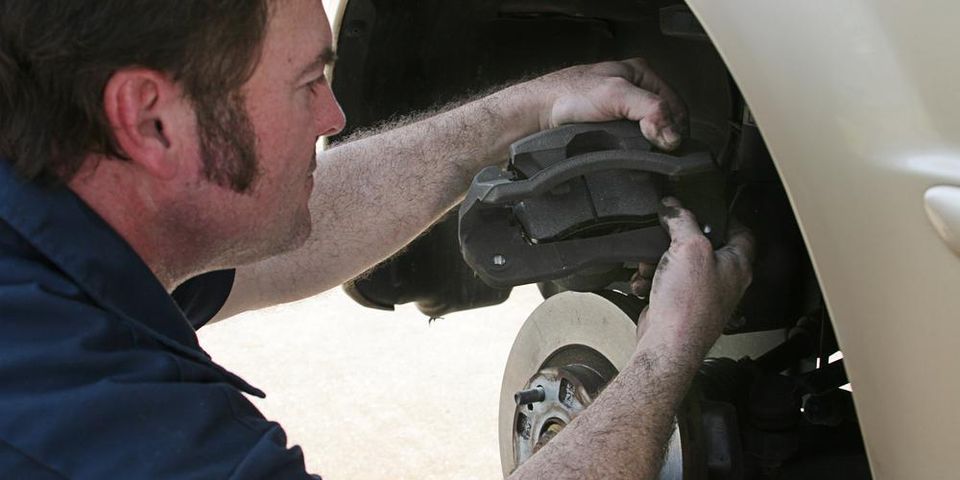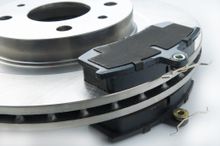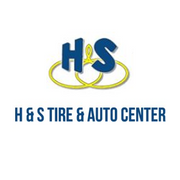Wentzville Auto Mechanics Explain 3 Pad Options for Brake Repairs

When most drivers take a vehicle to a shop for brake repairs, they’re content to get whatever pads their auto mechanic sees fit to install. However, there are several types of brake pads you should consider. As the team at H & S Tire & Auto Center in Wentzville, MO, explains, each has advantages and disadvantages.
3 Pad Options for Brake Repairs
Organic
 Organic brake pads made of rubber, carbon, or Kevlar® are the most common variety on the road. They’re soft, quiet, and inexpensive, which makes them a good choice for everyday driving and commuting. Most drivers get excellent performance from these brake pads, but it can suffer in extremely hot or cold weather. Organic brake pads don’t last as long as other options and aren’t a good choice for drivers who demand high performance.
Organic brake pads made of rubber, carbon, or Kevlar® are the most common variety on the road. They’re soft, quiet, and inexpensive, which makes them a good choice for everyday driving and commuting. Most drivers get excellent performance from these brake pads, but it can suffer in extremely hot or cold weather. Organic brake pads don’t last as long as other options and aren’t a good choice for drivers who demand high performance.
Ceramic
The most expensive brake pad is also the most durable and best for a broad range of temperatures. Ceramic pads produce minimal dust and offer quiet operation. However, they’re not well suited for heavy-duty driving or extreme cold.
Semimetallic
Semimetallic brake pads sit between organic and ceramic products in price and durability. Semimetallic pads offer a better thermal threshold than other varieties as well as firmer braking. They are extremely versatile, with models suited for almost any type of driving. However, they’re noisy and prone to wearing out rotors, requiring more frequent brake repairs.
If you need new pads or complete brake repairs, head to H & S Tire & Auto Center in Wentzville, MO. They can help you with a range of car care tasks, including preventative auto inspections, wheel alignments, and tire replacement. Visit them online or call (636) 327-5225 to learn more about their services. Like them on Facebook for special offers and tips from their auto mechanics.
About the Business
(165 reviews)
Have a question? Ask the experts!
Send your question

